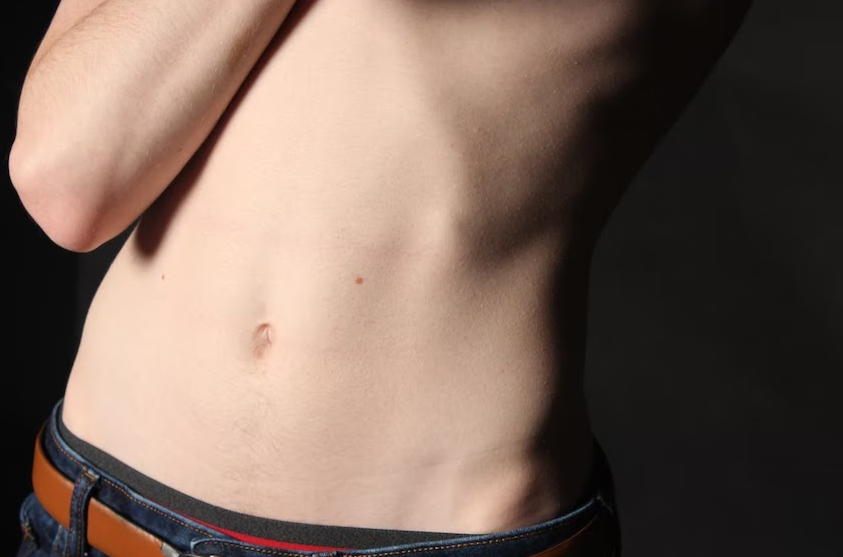




-
363 Views 0 Comments 0 Likes

Many of us dream of a healthy and slim body, but, unfortunately, some people are not able to lose weight on their own. The reasons are different: a sedentary lifestyle, a ban on sports due to physical limitations, increased appetite or mental health issues. If you are unable to lose weight with traditional methods, gastric sleeve surgery for weight loss may be an option for you.
Besides obesity, gastric sleeve surgery can be prescribed for other diseases: tumors, ulcers, pyloric stenosis, and also in case of abdominal trauma.
Among surgeons, this high-tech operation is considered the simplest in bariatric surgery - there is no need to connect two different parts of the gastrointestinal tract.
The part that produces the hunger hormone, ghrelin, is removed. During this procedure, the surgeon removes 3/4 of the body containing cells that produce this hormone. In many patients, after bariatrics, the feeling of hunger is significantly reduced or completely disappears (but may resume over time).
After a resection for weight loss, the patient physically cannot eat more than the "new" stomach formed by the surgeon can accommodate. Its volume after treatment becomes 40-60 ml but may increase slightly over time. The fewer calories, the faster a person loses weight - the main goal of this type of obesity treatment is achieved.
The operation is irreversible, and the size of the internal organ changes forever, so at this stage, it is important to turn temporary discomfort in the form of a quick feeling of fullness and nausea into the habit of eating a certain amount of food, avoiding overeating. For better digestion, you need to eat slowly and chew thoroughly.
During resection of the stomach for weight loss the integrity of the digestive tube is preserved. Food, as before, passes through all parts of the intestine, in each of which a certain group of vitamins or minerals is absorbed. The patient does not need to take nutritional supplements to replenish their supply.
Unlike banding and installation of an intragastric balloon, this type of treatment does not involve the insertion of foreign bodies into the stomach. Therefore, we get rid of the risk of allergies to the material of the object, infections, erosion, etc.
The surgery requires stitching of the line of the cut-off stomach - as a rule, its length is 30 cm. The longer the line, the higher the risk of suture failure (the sutures may disperse).
During the intervention, the surgeon uses a special stapler for the intestines and stomach, which, like any tool, can fail. Global instrument manufacturers are constantly working to improve technology to reduce the risk to patients. But sometimes the stitches diverge, after which a second intervention is required to urgently fix the problem. After resection of the stomach, complications with the failure of the stapler line in bariatric patients occur in up to 2.1% of cases.
In some types of obesity, the tissues are very flabby. Despite the simplicity of the procedure, bleeding is possible - a vessel that begins to bleed in fat masses cannot be quickly and clearly identified by doctors.
According to the experience of patients and their feedback, gastric sleeve surgery helps to quickly and effectively lose weight in the first 2 years - an average of 65% of excess body weight. But within 5-10 years, the process of losing weight slows down, the effectiveness becomes less than, for example, with gastric bypass surgery.
One of the reasons is the patient's habit of eating large portions, which leads to repeated stretching of the walls of the organ, more absorption of calories, and, consequently, weight gain. Another mistake is made when eating high-calorie foods in small frequent portions or, even worse, drinking high-calorie liquids: lattes, cappuccinos, fatty smoothies, ice cream.
Remember that gastrectomy for weight loss is the first step in the treatment of obesity. After surgery, it is important to eat right, give up alcohol and smoking, engage in physical activity, and drink enough water


